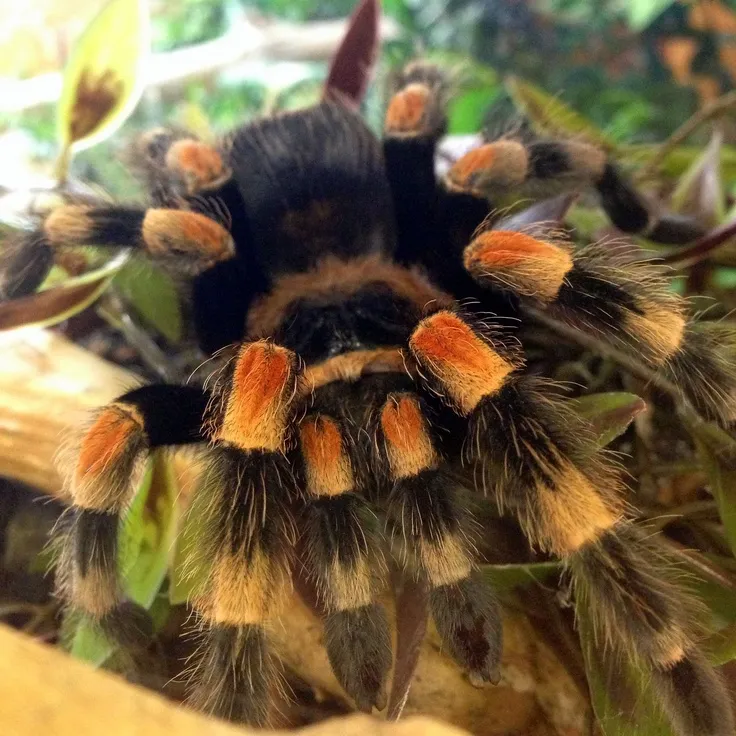What is a Red Hair Tarantula?
The Red Hair Tarantula, scientifically known as Tliltocatl vagans (formerly Brachypelma vagans), is a captivating species of tarantula native to Central America. This spider is a popular choice for pet owners due to its docile nature, striking appearance, and relatively easy care requirements. They are renowned for their reddish-orange hairs that adorn their abdomen, giving them their common name. These spiders are a fascinating addition to the arachnid world, captivating enthusiasts with their unique traits and behaviors. Understanding this tarantula involves appreciating its origins, characteristics, and the environment it thrives in. These spiders are not just pets; they are a window into the complex world of arachnids, each with its own unique story.
Appearance and Characteristics
Red Hair Tarantulas are easily recognizable by their dark, velvety black bodies and the vibrant reddish-orange hairs that cover their abdomen. These urticating hairs are a defense mechanism, which the tarantula flicks off when threatened. Their legs are also covered in a combination of black and reddish hairs, providing a striking contrast. The carapace, or the top of their head and thorax, is typically a dark brown or black. Their fangs are strong and designed for capturing and subduing prey. Overall, the appearance of these tarantulas makes them a visually appealing species, appreciated by both novice and experienced keepers. They can grow up to a considerable size, making their presence quite noticeable.
Size and Lifespan
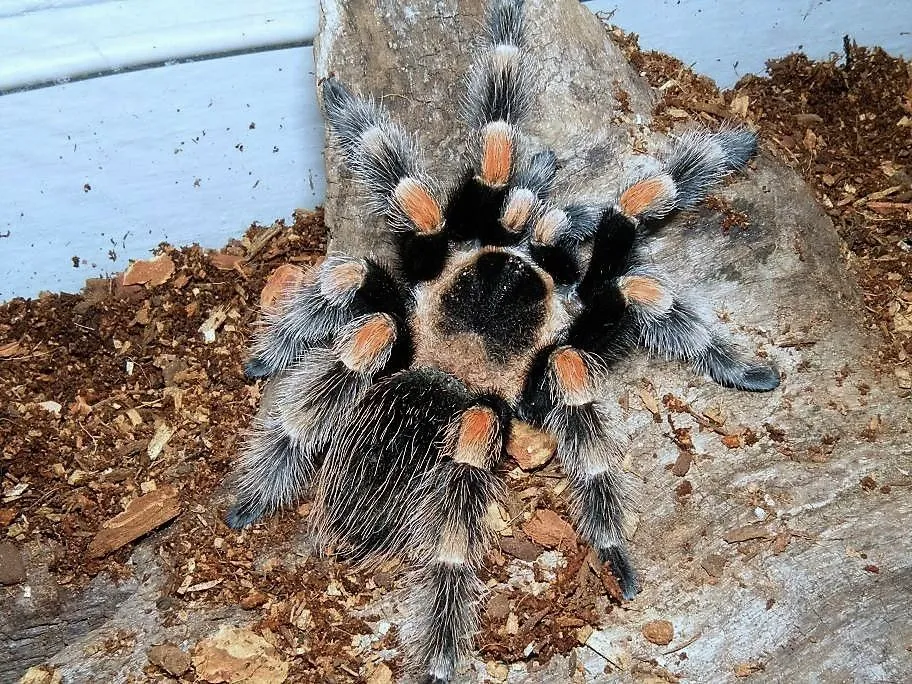
These tarantulas are medium-sized spiders, with a leg span that can reach up to 5-6 inches. The females are generally larger than the males. Their lifespan is quite impressive; females can live for 10 to 20 years or even longer under optimal conditions, making them a long-term commitment for any pet owner. Males, however, have a much shorter lifespan, typically living only 5-10 years after reaching maturity. The size and lifespan of a Red Hair Tarantula depend greatly on factors like diet, habitat, and overall care. Therefore, providing the best care ensures the spider lives a long and healthy life, offering years of enjoyment to its owner.
Where do They Live?
Natural Habitat
In the wild, Red Hair Tarantulas are primarily found in the tropical regions of Central America, including countries like Mexico, Belize, and Guatemala. They prefer warm, humid environments, often dwelling in burrows they construct under the ground or amongst dense foliage. Their natural habitat provides them with shelter from predators and the elements. They are well-adapted to their environment, utilizing the available resources to survive and thrive. Their presence in these regions adds to the biodiversity of the local ecosystems, playing a part in the food chain and contributing to the overall ecological balance. Understanding their natural habitat helps in providing a suitable environment in captivity.
Preferred Environment
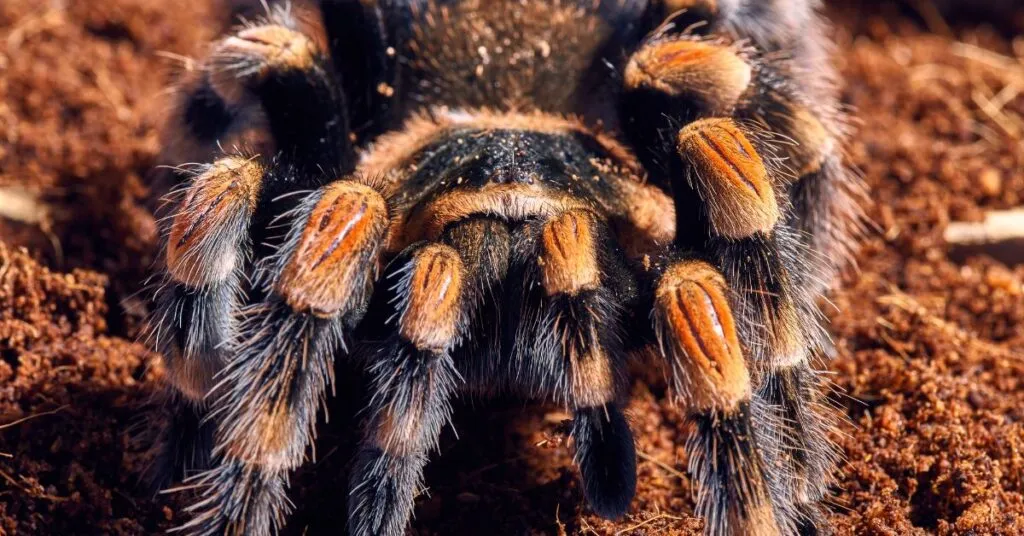
These tarantulas prefer environments that mimic their natural habitat. A terrarium with a substrate of approximately 4-6 inches deep is crucial. The substrate should consist of a mixture of peat moss, coconut fiber, and vermiculite, which helps maintain humidity and allows the spider to burrow. A hide, such as a piece of cork bark or a half-log, is essential, providing the tarantula with a secure place to retreat and feel safe. Maintaining a temperature between 75-85°F and a humidity level of 60-70% is vital. Regular misting and providing a shallow water dish will help maintain these conditions. Proper environmental conditions contribute significantly to the health and well-being of the Red Hair Tarantula, ensuring it lives a comfortable and long life.
Red Hair Tarantula Behavior
Temperament and Handling
Red Hair Tarantulas are generally known for their docile temperament, which makes them relatively easy to handle compared to other tarantula species. However, it is essential to handle them with care and caution. Avoid handling them excessively, as this can stress them out. Always approach them slowly and gently. If the tarantula feels threatened, it may flick urticating hairs or retreat into its hide. It is advisable to handle them as little as possible. When handling is necessary, always do so close to the ground to prevent injury in case the spider falls. Respecting their space and understanding their behavior will foster a positive experience.
Defense Mechanisms
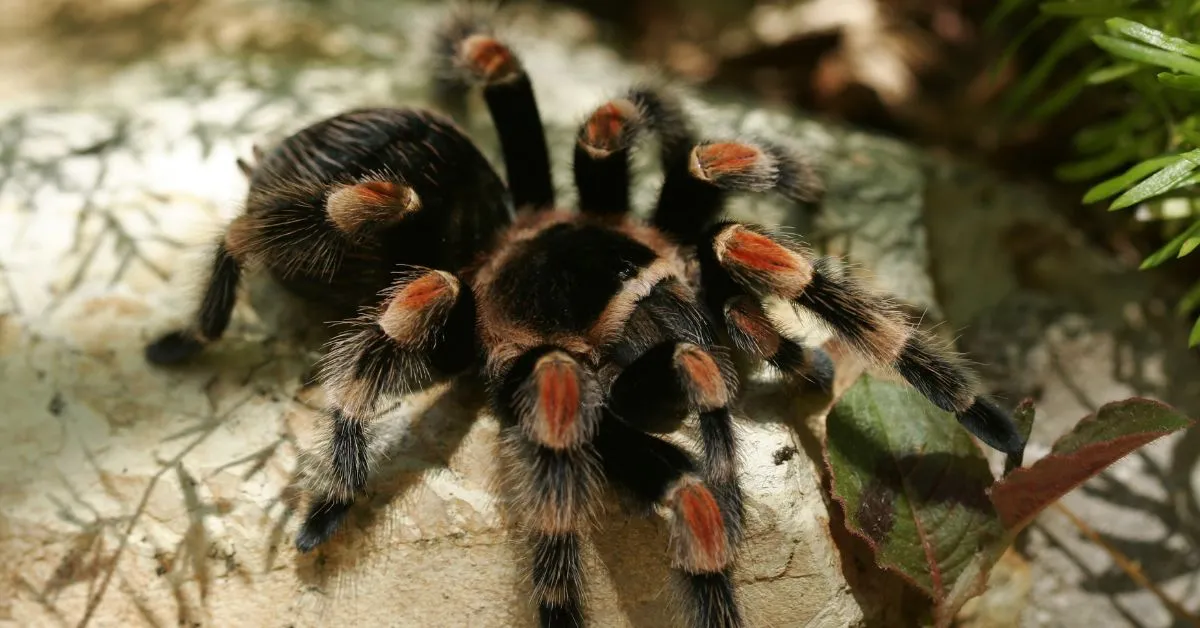
The primary defense mechanism of the Red Hair Tarantula is the urticating hairs on its abdomen. When threatened, the tarantula will flick these hairs towards the perceived threat, causing irritation and itchiness. These hairs can embed themselves in the skin or eyes, causing discomfort. Besides the urticating hairs, they can also bite, although they are generally not aggressive and prefer to retreat or use their hairs as a first line of defense. Understanding these defense mechanisms is crucial for handling the tarantula safely and avoiding any unnecessary distress. Always respect their space and be aware of their warning signs.
Diet and Feeding Habits
What They Eat
In the wild, Red Hair Tarantulas primarily feed on insects such as crickets, grasshoppers, and beetles. In captivity, a diet consisting of these insects is recommended. It’s also possible to offer them mealworms and roaches, ensuring a balanced nutritional intake. The size of the prey should be appropriate for the tarantula’s size; it’s generally advisable to feed them insects that are no larger than the tarantula’s body. Providing a varied diet ensures that the tarantula receives all the necessary nutrients for healthy growth and development. Always remove any uneaten prey after 24 hours to prevent stress and potential health problems for the tarantula.
Feeding Frequency
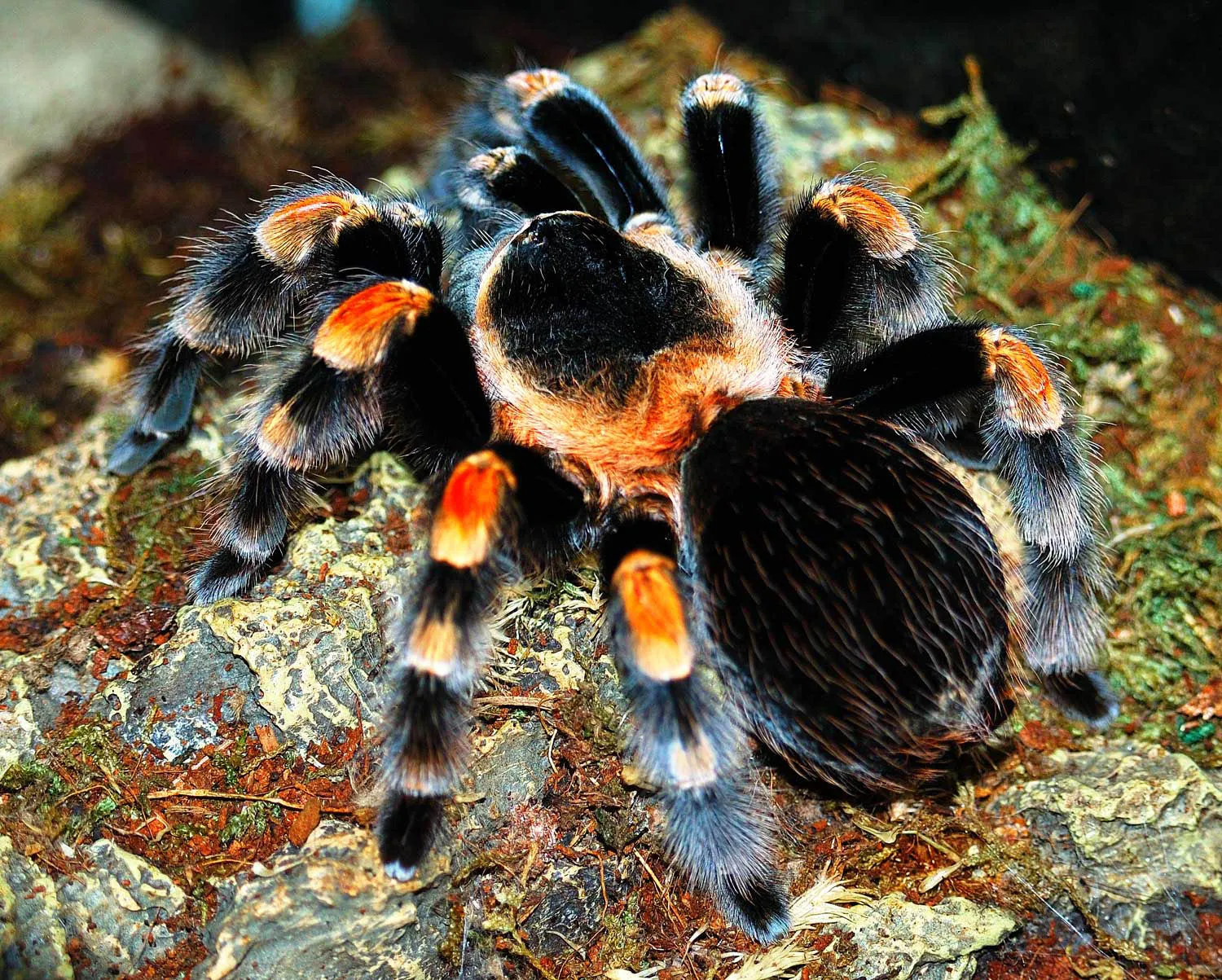
The feeding frequency for Red Hair Tarantulas varies depending on their age and size. Spiderlings and juveniles should be fed more frequently, typically every 2-3 days. Adult tarantulas, on the other hand, can be fed less often, perhaps once or twice a week. It is essential to monitor the tarantula’s abdomen, which should be plump and full after feeding. If the abdomen appears too large, it may indicate overfeeding, and the frequency should be reduced. Conversely, a thin abdomen may indicate underfeeding. Adjusting the feeding schedule according to the spider’s needs will ensure it receives the correct amount of nourishment.
Breeding and Reproduction
Mating Process
Breeding Red Hair Tarantulas in captivity requires careful preparation and knowledge. The mating process begins when the male spider approaches the female, drumming on her web to signal his presence. If the female is receptive, she will allow him to mate. During mating, the male uses his pedipalps to transfer sperm into the female. The process can be dangerous for the male, as the female may attempt to eat him after mating. Therefore, the keeper must monitor the process closely and intervene if necessary. Successful mating can lead to the production of an egg sac, containing numerous spiderlings.
Egg Sac and Spiderlings

After mating, the female Red Hair Tarantula will create an egg sac, which she will carefully guard. The egg sac typically contains hundreds of eggs. The female will meticulously care for the egg sac, turning it and keeping it humid to ensure proper development of the eggs. After several weeks, the eggs will hatch, and the spiderlings will emerge. At this point, the keeper may need to separate the spiderlings into individual enclosures to prevent cannibalism. Raising spiderlings requires specialized care, including a consistent feeding schedule and appropriate humidity levels. The process is quite rewarding, allowing keepers to witness the entire life cycle of these fascinating creatures.
Interesting Facts about Red Hair Tarantulas
Unique Traits
Red Hair Tarantulas possess several unique traits that make them fascinating to observe. Their striking appearance, with the contrasting colors of black and reddish-orange, makes them visually appealing. They are relatively docile and easy to care for, making them popular pets. They can also molt, shedding their exoskeleton to grow. During molting, the tarantula is extremely vulnerable, as it cannot defend itself. The entire process is quite remarkable, revealing a new, larger tarantula. Their urticating hairs, used as a defense mechanism, are another interesting feature. Understanding and appreciating these unique traits enhances the overall experience of keeping Red Hair Tarantulas.
Conservation Status
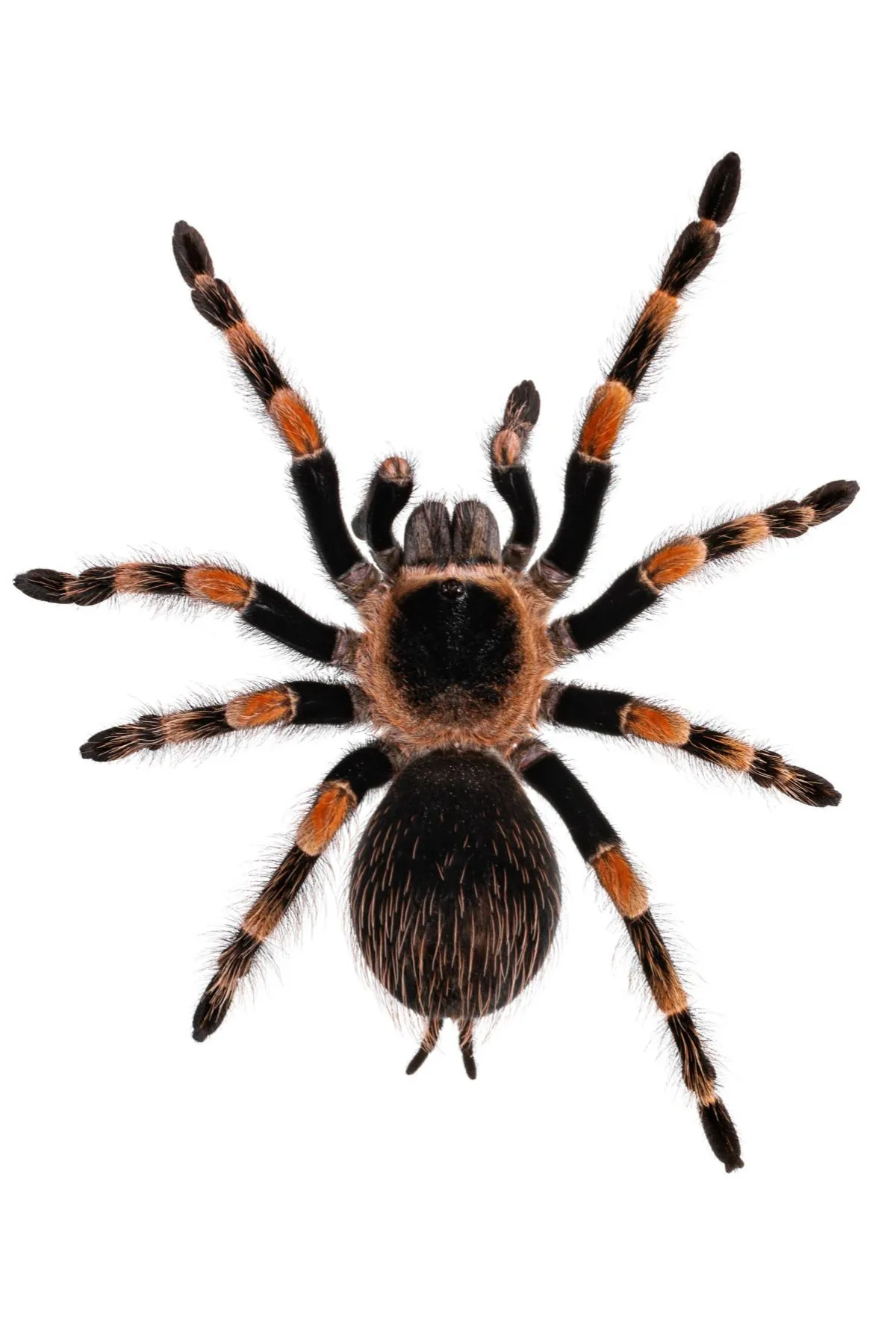
The Red Hair Tarantula is not currently listed as endangered or threatened. However, like many species, they face threats in their natural habitat, including habitat loss due to deforestation and urbanization. Over-collection for the pet trade can also impact their populations, especially if sustainable practices are not followed. Responsible pet ownership includes ensuring that any purchased tarantulas are captive-bred, which reduces the impact on wild populations. Supporting conservation efforts and educating others about the importance of protecting their habitat can help ensure that Red Hair Tarantulas continue to thrive in the wild.
